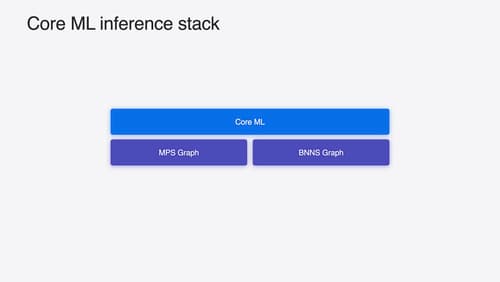modelactor
Asked on 2024-08-03
4 searches
The concept of "modelactor" seems to be a mix-up of two different terms: "model" and "actor." In the context of WWDC sessions, these terms are often discussed separately, particularly in relation to Swift and concurrency.
Actors in Swift
Actors are a feature in Swift designed to help manage concurrency by ensuring that only one task can access an actor's state at a time. This helps prevent data races and makes concurrent programming safer and more manageable.
For example, in the session A Swift Tour: Explore Swift’s features and design, actors are described as reference types that automatically protect their state by serializing accesses. This means that only a single task is allowed to execute at a time on an actor, and calls to actor methods from outside the context of the actor are asynchronous.
Main Actor
The concept of the main actor is also discussed in the session Migrate your app to Swift 6. The main actor is used to ensure that certain tasks are executed on the main thread, which is crucial for updating the UI in a thread-safe manner. The session explains how to declare methods as non-isolated or use the assume isolated method to inform the compiler that certain code is already running on the main actor.
Sessions Mentioned
If you have any specific questions about actors or models in Swift, feel free to ask!

A Swift Tour: Explore Swift’s features and design
Learn the essential features and design philosophy of the Swift programming language. We’ll explore how to model data, handle errors, use protocols, write concurrent code, and more while building up a Swift package that has a library, an HTTP server, and a command line client. Whether you’re just beginning your Swift journey or have been with us from the start, this talk will help you get the most out of the language.

Enhance the immersion of media viewing in custom environments
Extend your media viewing experience using Reality Composer Pro components like Docking Region, Reverb, and Virtual Environment Probe. Find out how to further enhance immersion using Reflections, Tint Surroundings Effect, SharePlay, and the Immersive Environment Picker.

Deploy machine learning and AI models on-device with Core ML
Learn new ways to optimize speed and memory performance when you convert and run machine learning and AI models through Core ML. We’ll cover new options for model representations, performance insights, execution, and model stitching which can be used together to create compelling and private on-device experiences.
